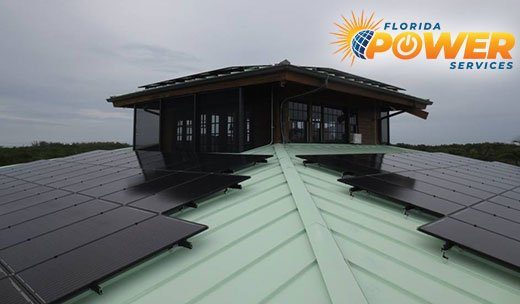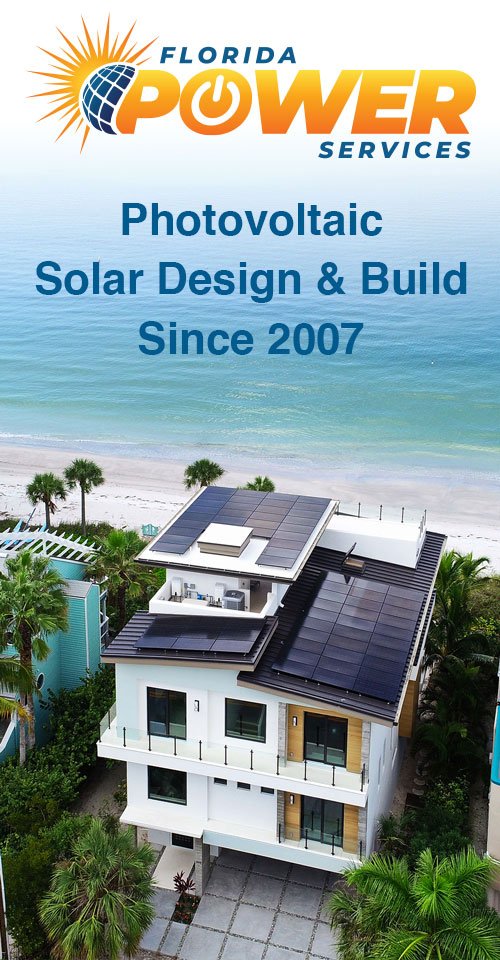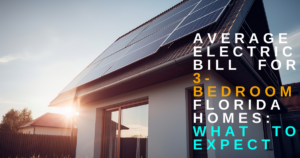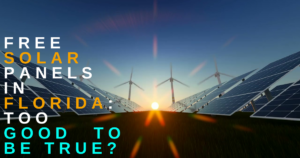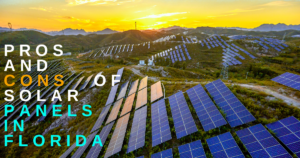Solar panels sizes come in various scales, each suited for different applications. Knowing the dimensions and specifications of these solar panel sizes is essential for optimizing energy production and achieving the best return on investment (ROI).
Standard Solar Panel Sizes
1. 60-Cell Panels
– Dimensions: Typically 39” x 66” (165 cm x 100 cm)
– Structure: 6×10 grid
– Weight: Around 40 lbs (18 kg)
– Usage: Commonly used in residential installations due to their manageable size and weight.
2. 72-Cell Panels
– Dimensions: Approximately 39” x 77” (195 cm x 100 cm)
– Structure: 6×12 grid
– Weight: About 50 lbs (23 kg)
– Usage: Preferred in commercial settings for their higher power output.
3. 96-Cell Panels
– Dimensions: 41.5” x 62.6” (170 cm x 100 cm)
– Structure: 8×12 grid
– Weight: Variable, often heavier
– Usage: Less common but highly efficient, suitable for larger installations.
Solar Power Calculation and Efficiency
Solar panels generally produce between 250 to 400 watts. The exact number of panels needed depends on your energy consumption and the available sunlight in your location.
Average Consumption
The typical American household consumes around 867 kWh per month.
Panel Count
Approximately 20-25 panels are needed to fully offset this consumption.
| Panel Type | Dimensions (inches) | Power Output (Watts) | Weight (lbs) | Common Usage |
|————-|———————|———————-|————–|——————–|
| 60-Cell | 39 x 66 | 250-300 | 40 | Residential |
| 72-Cell | 39 x 77 | 350-400 | 50 | Commercial |
| 96-Cell | 41.5 x 62.6 | 400+ | Varies | Large installations|
Factors Influencing Solar Panel Output
Several factors can influence the efficiency and output of solar panels:
Panel Structure and Technology
The design and photovoltaic (PV) technology used in the panel.
– Available Roof Space: Ensuring sufficient space and structural support for the panels.
– Solar Irradiance: The amount of sunlight your location receives.
– Local Climate: Weather patterns that impact sunlight availability and energy consumption.
– Energy Demands: Your specific household or business power usage needs.
Common Mistakes When Buying Solar Panels
- Ignoring Roof Suitability:
Not all roofs are suitable for solar panels. Check for shading, orientation, and structural integrity. - Overlooking Local Regulations:
Failing to understand local building codes and regulations can lead to costly modifications or fines. - Not Considering Future Needs:
Focusing only on current energy consumption without accounting for future increases can limit the system’s effectiveness. - Choosing Based on Price Alone:
Cheaper panels may be less efficient or durable, leading to higher long-term costs. - Not Comparing Multiple Quotes: Getting only one quote might result in overpaying. Compare several options to ensure competitive pricing and quality.
Maximizing ROI with the Right Solar Panel Sizes
To maximize the return on your solar investment, selecting the appropriate panel size and understanding your energy requirements are crucial. Consulting with an experienced solar provider can help you make the best choice for your specific situation.
For more detailed information on solar panel dimensions and how to choose the best system for your needs, book a consultation today.
Florida Power Services (“FPS”) makes every attempt to ensure that this information has been obtained from reliable sources. FPS is not responsible for any errors or omissions, for the results obtained from the use of this information, or for the opinions expressed in these articles, as they do not necessarily reflect the view of FPS. The information contained is for general information purposes only and is not intended to be used as a basis for making business, legal, financial, or any other decisions.FPS is a solar contractor, not a tax professional. Please consult a licensed tax professional for more on how these incentives could work for you.


